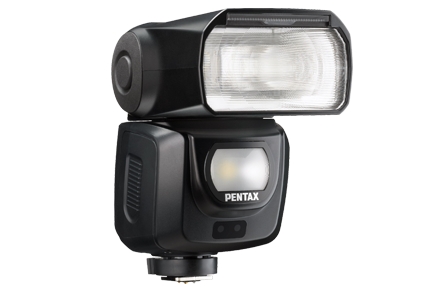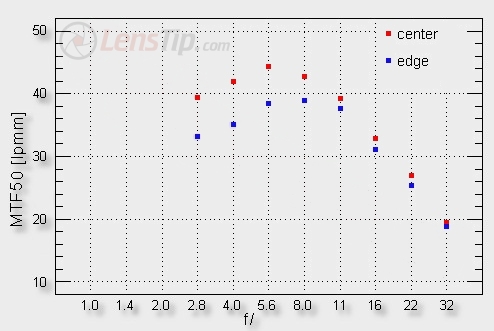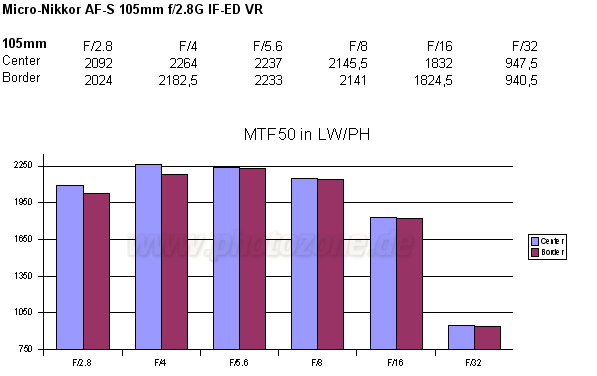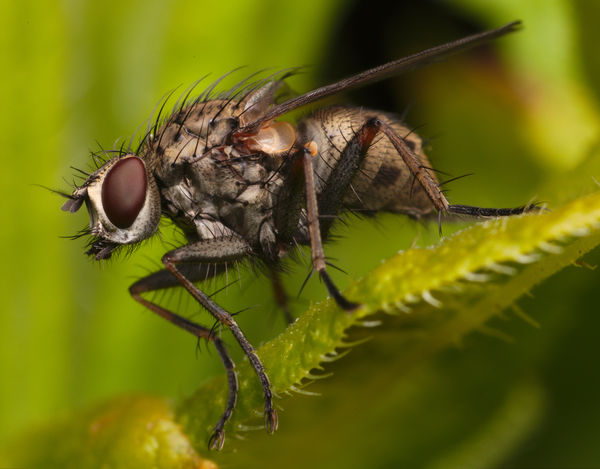Couple flies
May 31, 2015 10:19:26 #
initially went out to try out the diffraction correction setting, but to be fair wasn't that impressed so back to usual settings f14, 1/125, ISO200.
May 31, 2015 10:25:32 #
May 31, 2015 10:39:40 #
LoneRangeFinder wrote:
Yes, also working on a fully weatherproof setup, managed to get the 540 FGZ-II for a superb price, then the only issue will be me :lol:Are you shooting with the K-3?
Pentax 540 FGZ-II speedlight

May 31, 2015 13:03:55 #
infestation wrote:
I looked that one up. Pretty nice flash with plenty of power for macro. From my (limited) understanding that menu diffraction reduction would require shooting jpeg. Is that correct? It's an interesting idea. More and more processing is happening before the download.Yes, also working on a fully weatherproof setup, managed to get the 540 FGZ-II for a superb price, then the only issue will be me :lol:
May 31, 2015 13:31:07 #
May 31, 2015 13:46:31 #
Just an observation. I still on occasion shot at F/22. If done properly, low ISO and good diffused bright light I don't see any diffraction In Normal sized photos. In other words I'm not cropping most of the photo away and blowing up to 100% of original size. My problem is only having split seconds to take a shot, wanting the flash to be ready when needed. I still mount my flash on top and at higher apertures I use too much flash power. If you dial down to ISO100 and increase your flash, these photos are a little to dark in my opinion, I think you'll be happy. Higher ISO's and Under exposure has more affect on the finished product than Say F/14 compared to F/16. There's a few guys on the net that shoot macro at F/32 on a regular bases. With their high pixel count cameras, good diffused light, you just can't tell/signs of diffraction/ other than the better than average DoF.
May 31, 2015 14:04:39 #
martinfisherphoto wrote:
Small aperture diffraction is directly related to size of aperture selected. ISO, illumination quality, and pixel count have nothing to do with the physics of diffraction (light slightly curving around an edge or surface). Every focal length lens has a predictable amount of diffraction for a selected aperture (f/stop), which is why each lens has a plotted, measured diffraction graph, that makes no reference to ISO, illumination, nor pixel count: http://www.cambridgeincolour.com/tutorials/lens-quality-mtf-resolution.htmIf done properly, low ISO and good diffused bright light I don't see any diffraction In Normal sized photos.Higher ISO's and Under exposure has more affect on the finished product than Say F/14 compared to F/16.
Nikkor 105G lens MTF50 Resolution chart

MTF for Nikkor AF 105mm 2.8 G

May 31, 2015 14:05:01 #
davids999 wrote:
Thank youVery nice shots infestation! :thumbup: :thumbup:
May 31, 2015 14:05:08 #
LoneRangeFinder wrote:
From what I could gather yes, it is an option within the menu for the other lens corrections, I thought I may give it a try but too be fair hand held tests along with a revised setup may not be the most appropriate way to go about it, ensuring same focal position and angle, but I haven't given up just yet.From my (limited) understanding that menu diffraction reduction would require shooting jpeg. Is that correct? It's an interesting idea. More and more processing is happening before the download.
May 31, 2015 14:23:26 #
martinfisherphoto wrote:
Thanks Martin, all good info, something to play with. Just an observation. I still on occasion shot at F... (show quote)
the second I left with the levels there, the pollen balls started to brighten too much for me, the first though have given a retouch any better?
May 31, 2015 15:02:27 #
Nikonian72 wrote:
Not to rain on your graphs, but macro is not done Under perfect conditions.. Yes, diffraction is a factor, but that said, I personally find Lack of Light and Higher ISO's do more damage than minute blurring around the edges of pixels, when viewed at Normal viewing sizes... If you can't see it it doesn't exist. Any photo blown to 100% greater than taken will show signs of diffraction, that's a given. If you remember back when we were all shooting in the ISO 320 to 400 range. Once learned of the affects, we changed to the ISO100, 200 range, all with a notable improvement over resolution. I'm sticking to my ground on this one Douglass. If these photos were being stack, that would be a different story, as the diffraction would build up and be noticeable when view at normal viewing size. We all have experience in macro, knowing full well there's a Happy Medium, between, light, ISO, and Aperture. I should be shooting at F/5.6 if I followed the books rules. How would you get any DOF following the books and what looks best??Small aperture diffraction is directly related to ... (show quote)
May 31, 2015 15:08:39 #
Looks good. Always a happy medium somewhere in there. It's finding that fine line that keeps macro fun...
May 31, 2015 15:18:42 #
martinfisherphoto wrote:
FWIW, my opinion is that diffraction increases, but the increase is really only observable when comparing the same image taken under the exact same conditions with the only variable being the aperture (and of course the change in shutter duration, iso, or flash output).Not to rain on your graphs, but macro is not done ... (show quote)
In other words, nearly impossible to test under field conditions.
May 31, 2015 15:32:54 #
martinfisherphoto wrote:
You are mixing diffraction with resolution. They are completely different problems with different causes and different solutions. Small aperture diffraction is strictly a function of lens aperture. Resolution is a factor of camera ISO sensitivity and pixel density.r perfect conditions.. Yes, diffraction is a facto... (show quote)
Optimum results are using a lens at its best MFT performance, and a camera with quality, high pixel count at an best ISO for that particular camera.
When I upgraded from a 12-Mp Nikon D5000 to a 24-Mp D5200, my resolution improved, even though I was using the same ISO and the same Nikkor 106G lens at f/16. The lens' MTF remains unchanged. End results are the same, whether in the field or in a lab. Aperture f/16 is NOT the best for diffraction, but a compromise that gives me usable (minimal) diffraction with appreciable DoF. The small DoF gain at f/22 is not worth the loss of sharpness due added diffraction, revealed by the MTF chart.
Read: http://www.cambridgeincolour.com/tutorials/lens-quality-mtf-resolution.htm
If you want to reply, then register here. Registration is free and your account is created instantly, so you can post right away.







